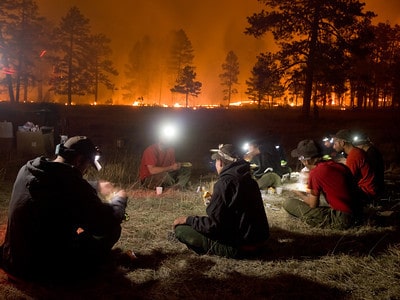
I’ve mentioned before how important I think the Denver Post is in covering federal lands issues (and other Interior West issues), being perhaps the largest newspaper in the Interior West/Rocky Mountain area. In the next few weeks, I’ll be posting a sample of some of the pieces I’ve seen there. Here is a link to the cutback story.
NEWS OF IMPENDING CUTS at The Denver Post came first from Twitter. “In a staff meeting, the @DenverPost editor just told us that we are cutting 30 positions in the newsroom,” wrote City Hall reporter Jon Murray. “There are some sobs in the room.” The paper soon confirmed that its newsroom of around 100 would be reduced by almost a third, slashing its capacity to cover one of the nation’s booming cities. (Its newsroom had already been cut by two thirds, from 300 at its peak.)
From Vince Bzdek at the Colorado Springs Gazette here:
Last week, his hedge fund ordered 30 more jobs cut from The Denver Post newsroom, for a total of 75 jobs in the last three years. That’s more journalists cut than the Gazette has total in its newsroom.
Though he manages $2 billion in assets, Smith has no experience running a newspaper, or any real interest in what a newspaper does for a community.
Smith is what is known as a “vulture capitalist” and his apparent plan is to suck all the value out of the Post while he can, and then when it is a shriveled carcass and can no longer make enough profit to satisfy his bloodlust, sell it or close it.
And when that happens, one of the most dynamic cities in the country will be without its conscience, its tentpole, its beating heart.
Vultures like Smith have bought and “harvested” an estimated 679 hometown newspapers that were once serving 12.8 million readers.
Fortunately, Colorado Springs has a newspaper owned by someone with a stake in the future of the state and the city, someone who lives in Colorado and is wholly vested in its economic and civic vitality.
Most of the newspapers that are surviving and thriving now adhere to a similar model: they are locally owned by someone who thinks newspapers have a higher mission that must be preserved.
These owners believe that a city is only as good as its newspaper, and that covering local news, city council meetings, school board meetings, election campaigns, military-appreciation lunches, all those staples of civic life, are worth the investment because it is an investment in the civic fabric of the city. If a city is going to be truly good, someone has to shine a light on the bad guys, calling out corruption and incompetence. A healthy, prosperous newspaper is the watchdog, cheerleader and hearth of a healthy, prosperous city.
Things look different depending on where you are. Salt Lake City is not New York City. We don’t know the filters that the mainstream coastal media apply to what they choose to cover and how they cover it, but we can interact directly with out local news folks and they with us. Many of the best “tells both sides of the story” stories posted here have come from local press. Here’s to our local newsfolks!



